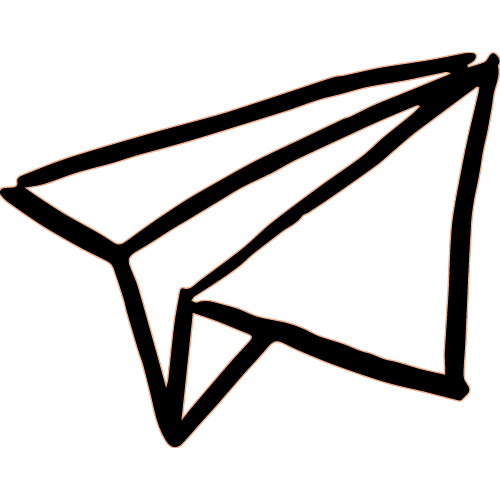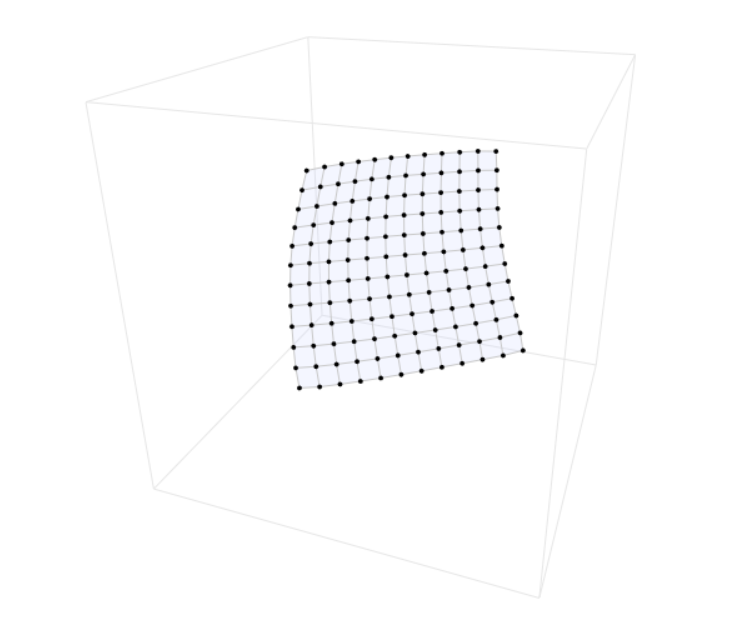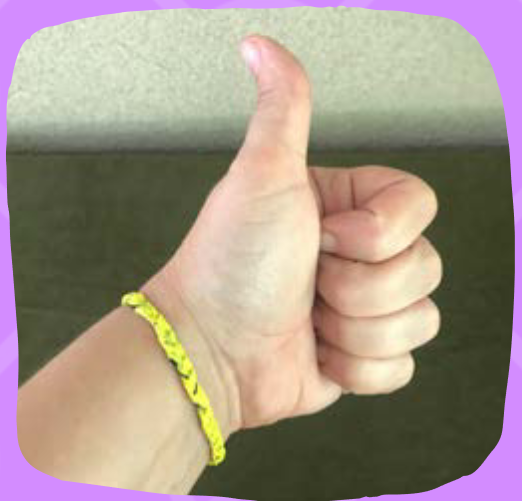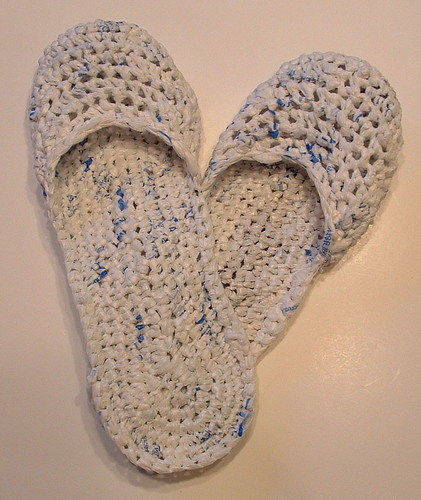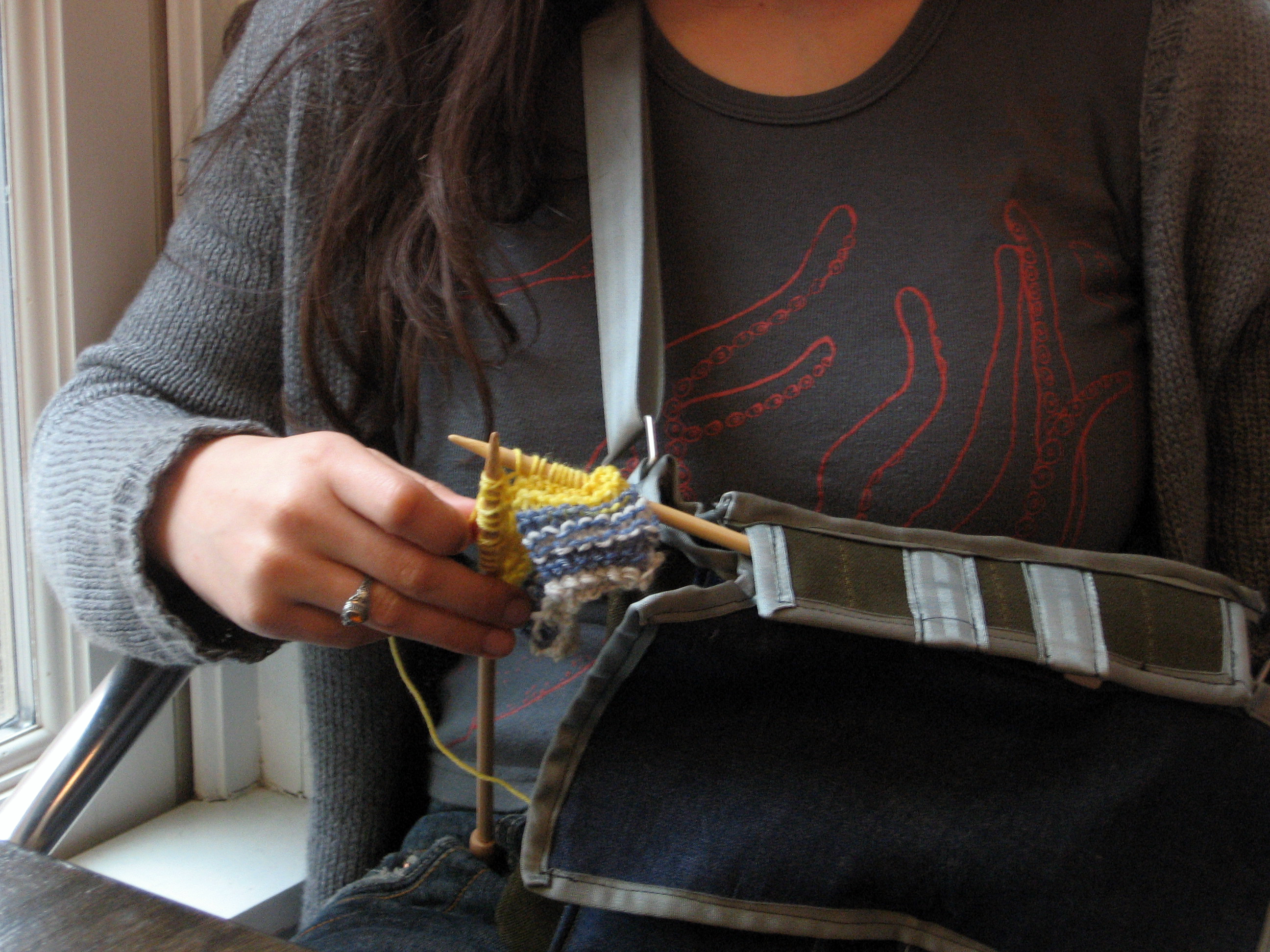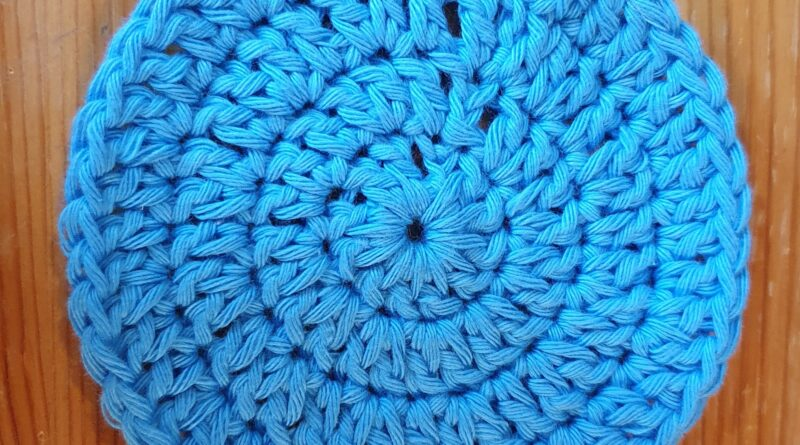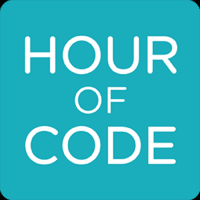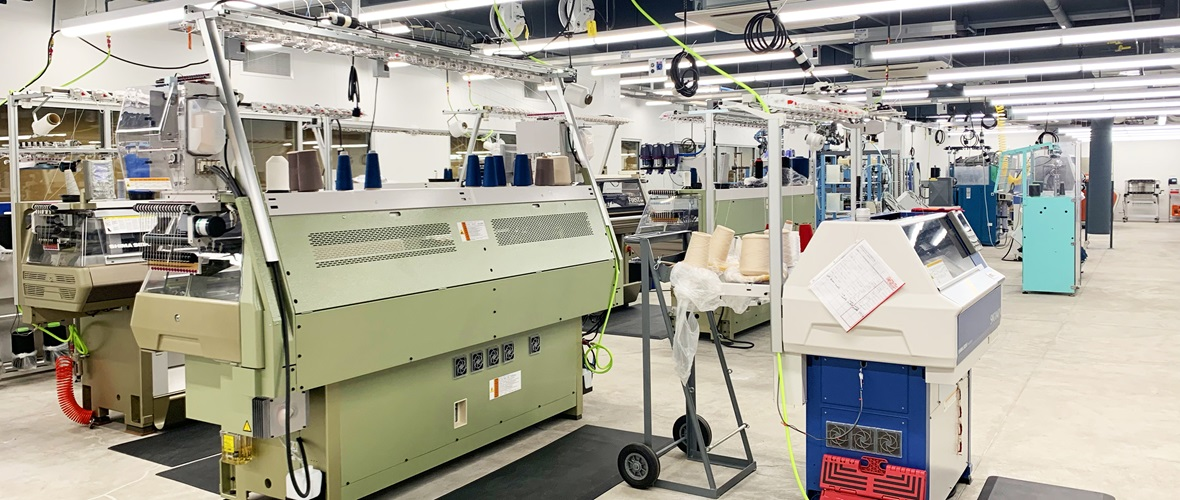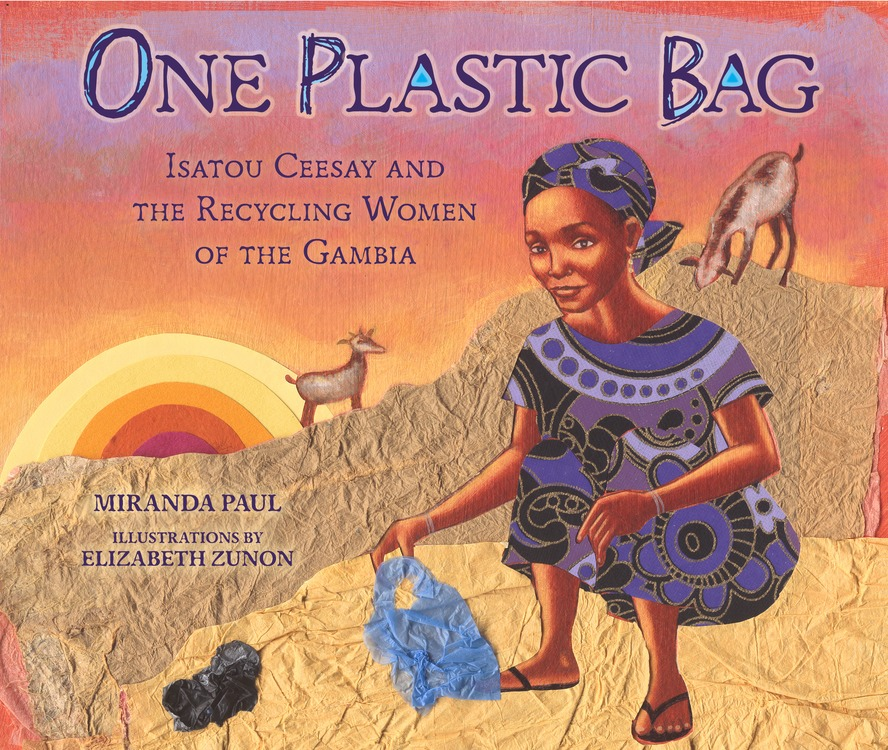Sustainable Textiles
Lesson
Goal: Students understand basic programming logic.
Upon completion of this lecture the student will be able to:
Recognize and use regular expressions and loops
Create objects using crochet
Discuss uses of textiles and programming in mechanical engineering
Explain the development of computer programming languages
Explain how the "subroutines" (chaining, single crochet, and double crochet are shown in this lesson) within crochet work
PA Standards Addressed:
Standard - 3.4.10.A1: Illustrate how the development of technologies is often driven by profit and an economic market.
Standard - 3.4.10.A2: Interpret how systems thinking applies logic and creativity with appropriate comprises in complex real-life problems.
Standard - 3.4.10.B4: Recognize that technological development has been evolutionary, the result of a series of refinements to a basic invention.
Standard - 3.4.10.C2: Analyze a prototype and/or create a working model to test a design concept by making actual observations and necessary adjustments.
Standard - 3.4.10.C3: Illustrate the concept that not all problems are technological and not every problem can be solved using technology.
Next Generation Science Standards Addressed:
HS-PS3-3 Energy: Design, build, and refine a device that works within given constraints to convert one form of energy into another form of energy.*
HS-PS4-2 Waves and their Applications in Technologies for Information Transfer: Evaluate questions about the advantages of using digital transmission and storage of information.
HS-ETS1-3 Engineering Design: Evaluate a solution to a complex real-world problem based on prioritized criteria and trade-offs that account for a range of constraints, including cost, safety, reliability, and aesthetics as well as possible social, cultural, and environmental impacts.
HS-ETS1-4 Engineering Design: Use a computer simulation to model the impact of proposed solutions to a complex real-world problem with numerous criteria and constraints on interactions within and between systems relevant to the problem.
Materials:
Size J (10) crochet hooks (1 per student). Example.
Plarn. 4-10 plastic bags per person should be enough for a small square. (instructions below. If plarn or tshirt yarn cannot be made, regular acrylic yarn should be fine)
Lesson Plan
Lesson plans were created using the Direct-Active Learning model.
Example Presentation
Presentations were created in PowerPoint and may have altered text and picture locations in previews.
Additional Lesson Resources
Crochet & More Project Ideas
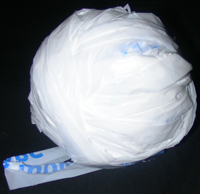
Crochet blog by Rachel Choi with instructions on how to make plarn (plastic yarn).
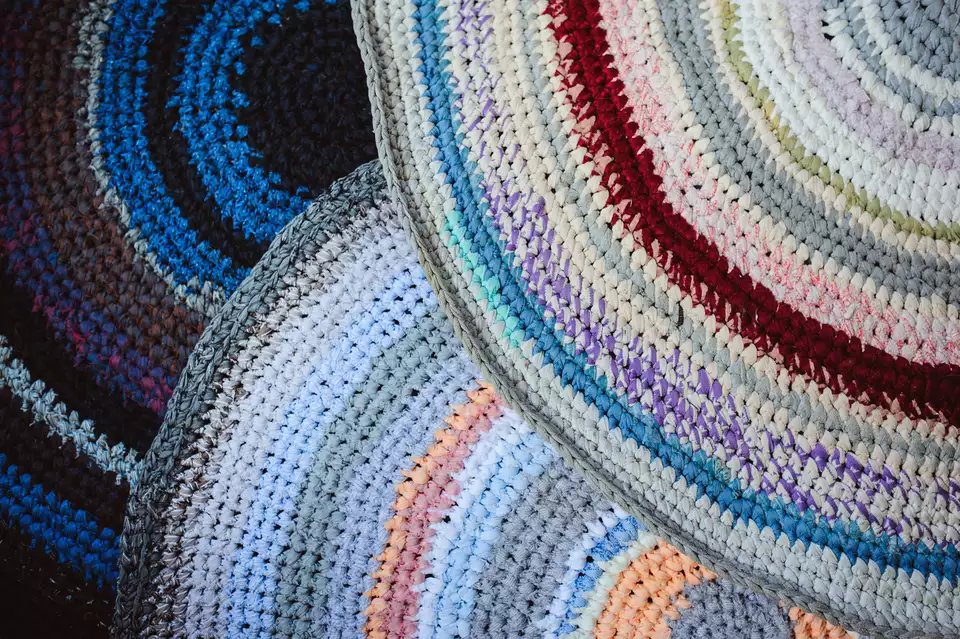
As an alternative to plarn, students can also use t-shirt yarn to stay sustainable.
Crochet Slip Stitch
For those who are interested in making a Traditional Granny Square in the lesson, this technique is useful to know. The slip stitch is used to join ends of a work together or move the location of the working yarn without adding height.
Crochet Border
The single crochet square shown in the sample presentation also has a border around it. For those interested in a neater finish to their work, here is a way to accomplish that.
Additional Info & Readings
Writing a Crochet Pattern is like Writing Code
Mercedes Bernard is a software engineer and developer who has done many talks that make complex, technical topics approachable . You can find more information about her and her talk on her blog.
Buying a Knockoff of My Own Dress
Bernadette Banner is a historian who specializes in historical fashion and creates reconstructions of historical garments. One of her goals is to find ways to implement these practices in modern fashion and live more sustainably. The video linked above touches on craft theft and the impact of fast fashion on the environment.
Coding Resources
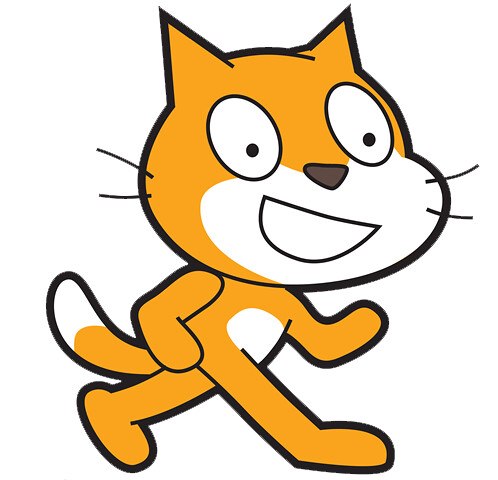
Scratch is a programming language where students can can program their own interactive stories, games, and animations.

Codecademy is a great resource for continuing your programming education to learn multiple coding languages.
Code.org is a nonprofit dedicated to expanding access to computer science in schools and increasing participation by young women and students from other underrepresented groups. This website has activities and lessons for grades K through 12.
Created by Code.org, Hour of Code is a one-hour introduction to computer science. The Hour of Code takes place each year during Computer Science Education Week, though schools can host Hour of Code events throughout the year.
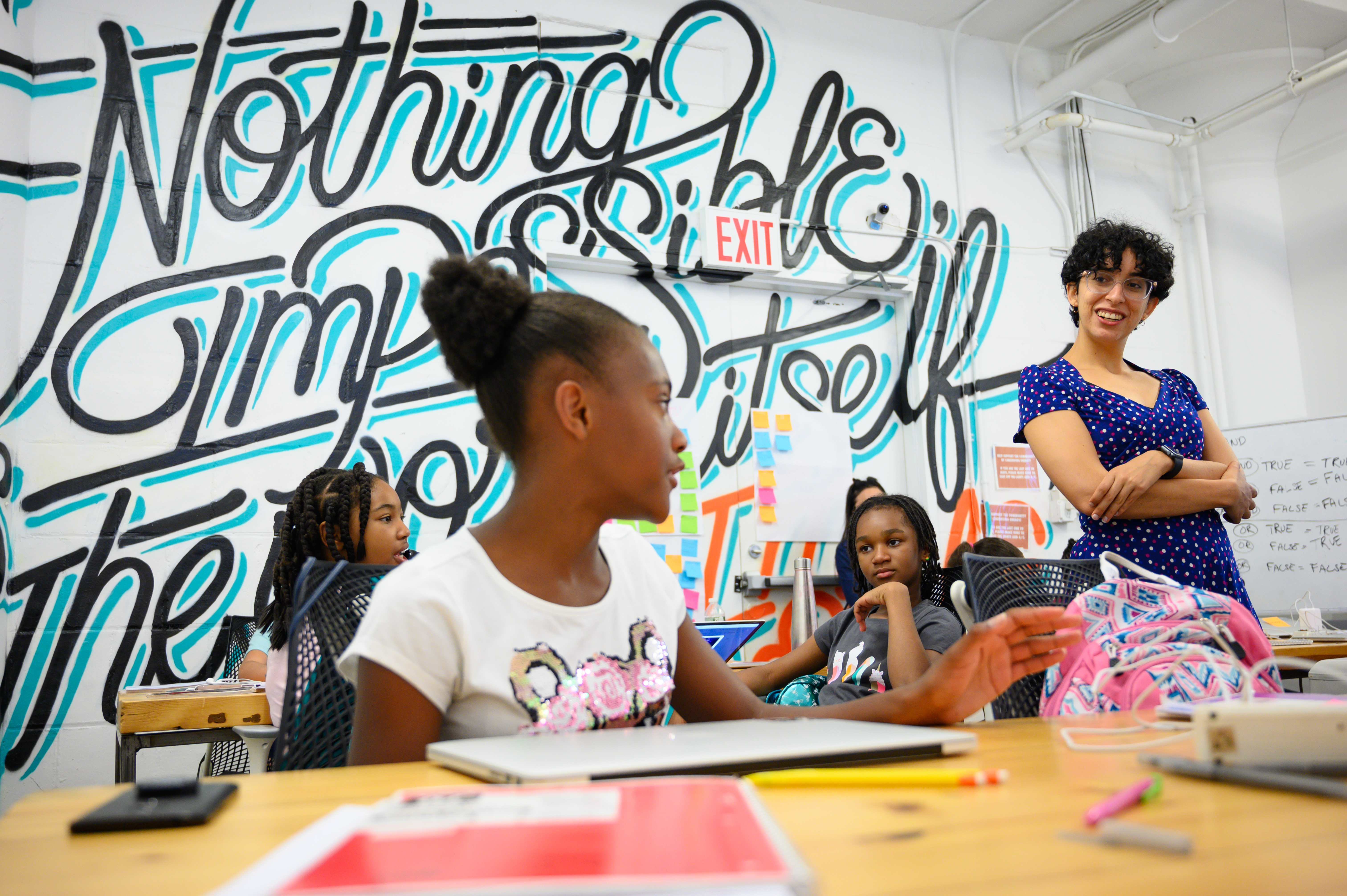
Girls Who code is an organization who is working to close the gender gap in the technology sector. If you'd like more online and unplugged coding activities, you can find more here.
Future Technology
Drexel University's CFF combines human-centered design with fabrication and focuses on the fabrication of 3D knitted fabric devices and the development of simulation, modeling and design tools suitable for advanced manufacturing of textiles. It also houses the Pennsylvania Fabric Discovery Center initiative. The examples of future textiles technology in the sample presentation come from research and projects done by the CFF.
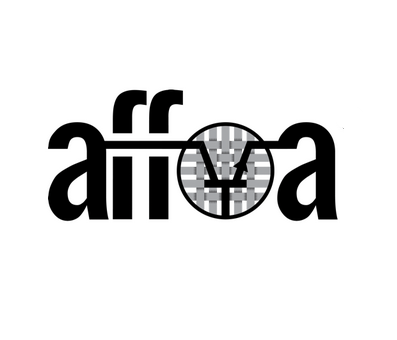
AFFOA is a non-profit institute headquartered near the Massachusetts Institute of Technology (MIT) and is a membersof the National Network of Manufacturing Innovation (NNMI). AFFOA’s mission is to transform traditional fibers, yarns, and textiles into highly sophisticated integrated and networked devices and systems.

North Carolina State University's TPACC was founded in 1994 to perform scientific research on total comfort and protection performance of diverse textile materials. The center currently has labs that evaluate heat and flame protection, chemical protection, comfort performance, and personal protection of textiles.
Inspirations

This workshop was designed and facilitated by Francesca Rodriguez Sawaya and Renata Gaui to learn about the art of weaving to illustrate how the binary system works. Both Francesca and Renata are graduates of NYU's Interactive Telecommunications Program and work to combine their artistic design and technology skills. Check out their latest digital exhibition that explores the history of of crafting and coding: Warping the Future.
In 1997, Isatou Ceesay and four other women founded the Recycling Centre of N’Jau in her native village in Northern Gambia. This became the One Plastic Bag in the Gambia recycling movement. The movement has grown to provide women in the community with support and income through making purse with plastic bags. In 2015, a book about Isatou's story was published. The website linked above has teaching resources about the book meant for grades PreK to 4th grade.
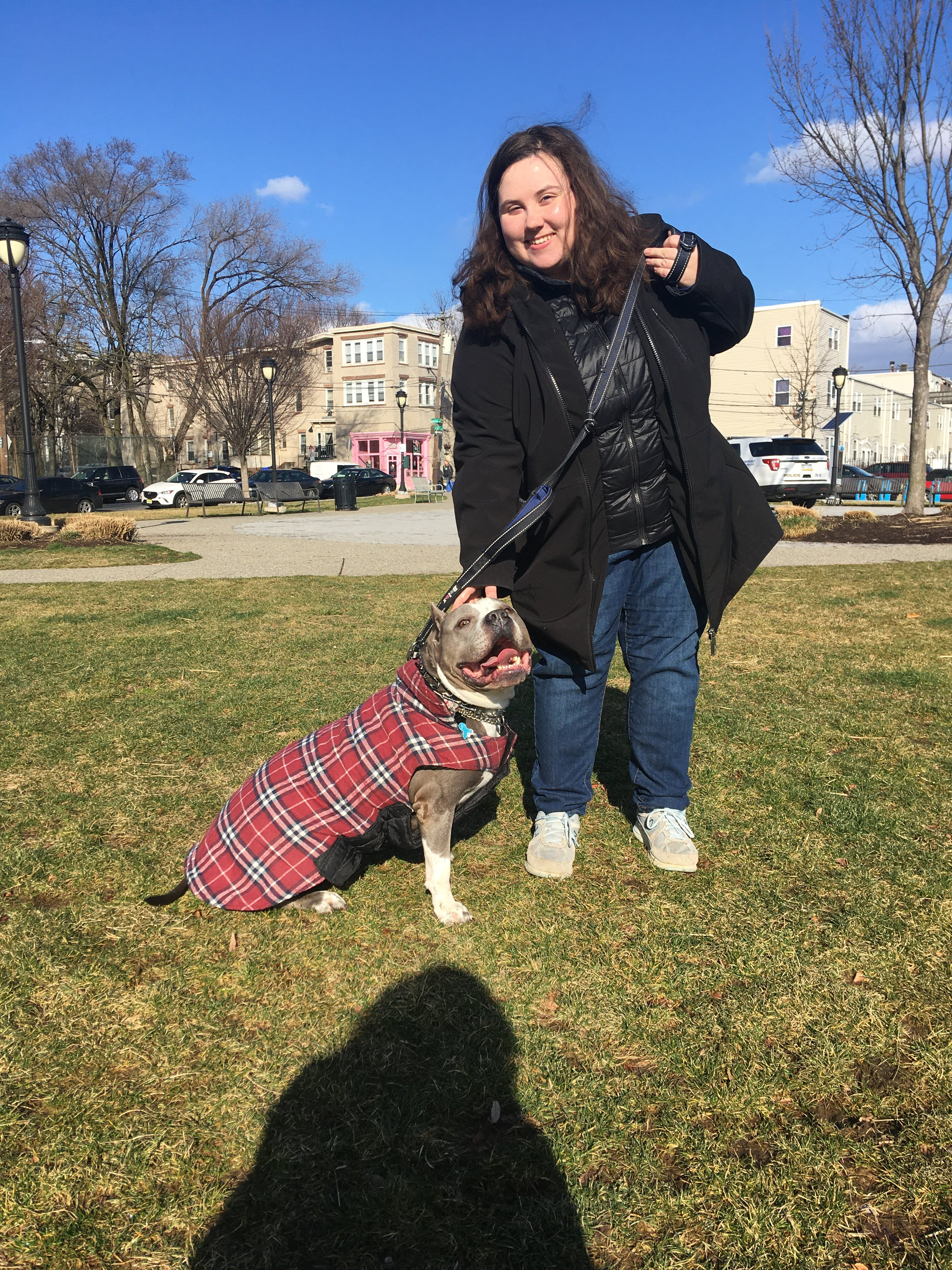
Who developed this module?
Kristina
Hometown: Charlotte, NC
Why did you choose mechanical engineering?: I started racing Soap Box Derby cars when I was 8 years old and eventually started racing go-karts. Working on my cars and the competitive nature of racing made me decide to pursue ME!
What do you want to do after you graduate?: I’ve currently accepted a job with NAVAIR, one of my co-ops. I'd also like to attend grad school while working to pursue an MS in Engineering Management or an MBA. I’m hoping to eventually work my way up to be in charge of the East Coast engineering division at NAVAIR!
